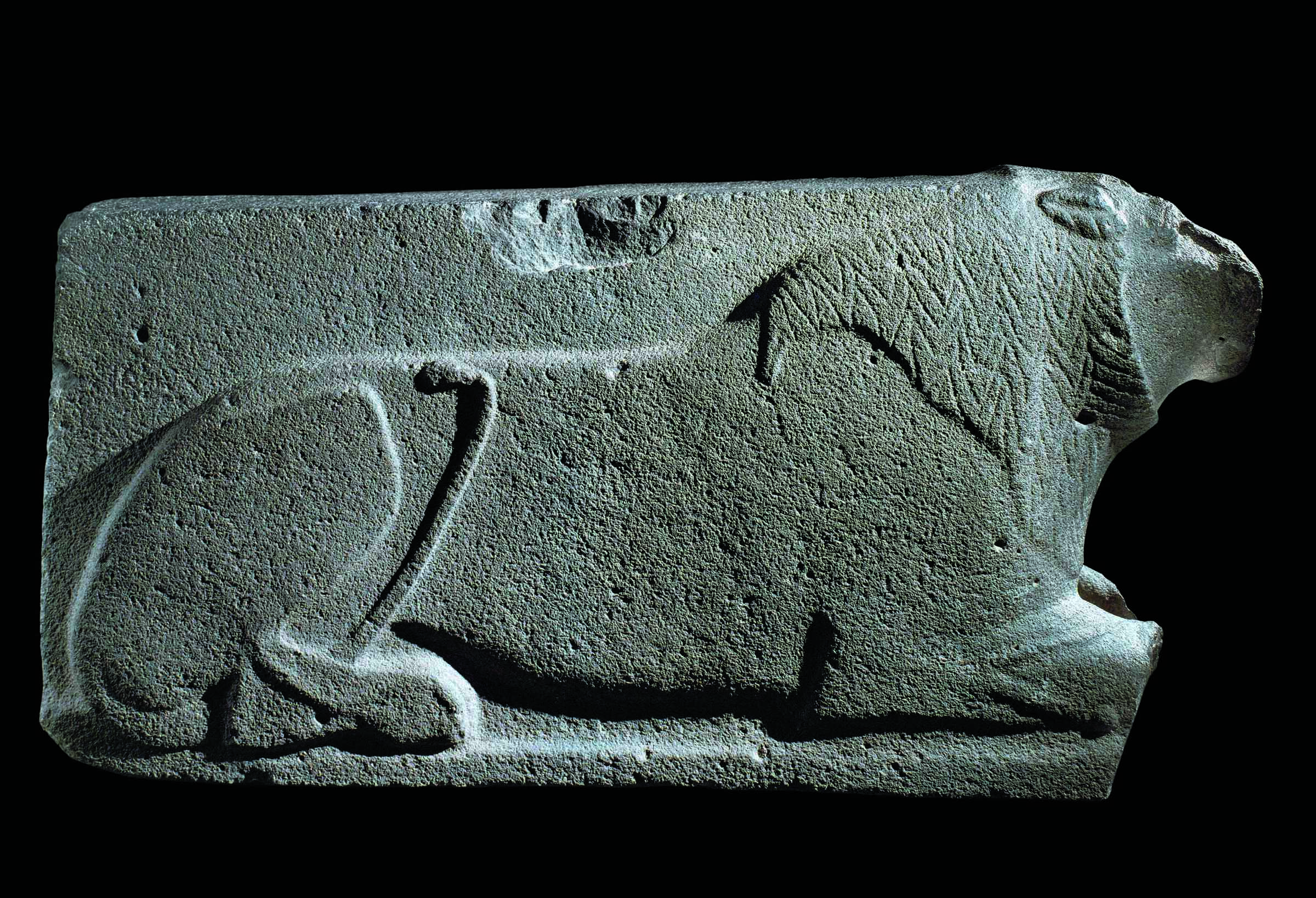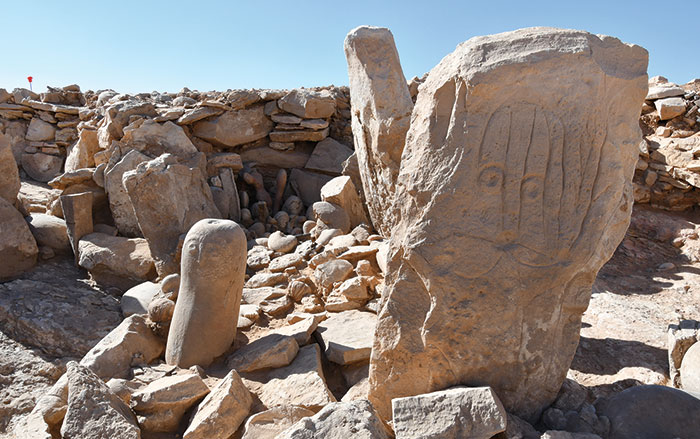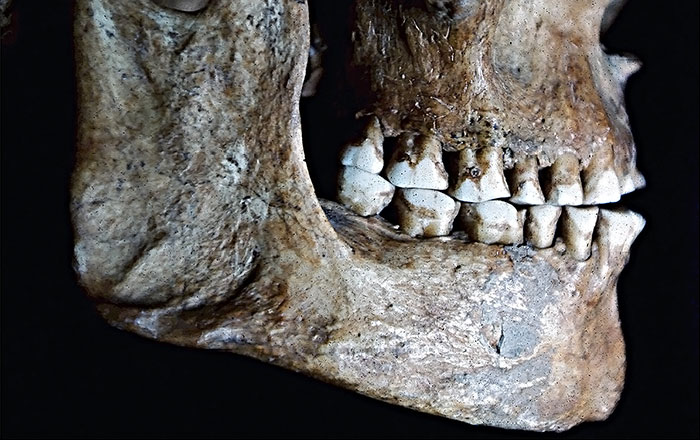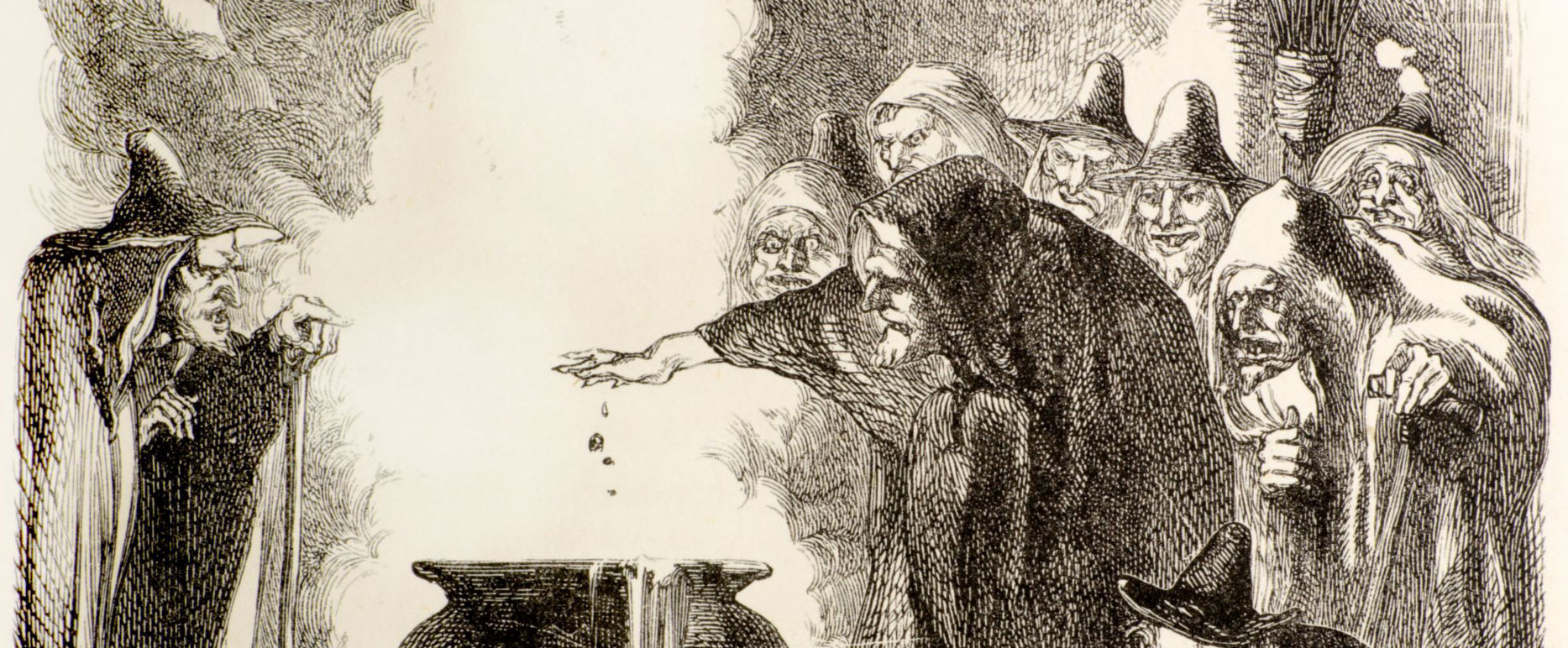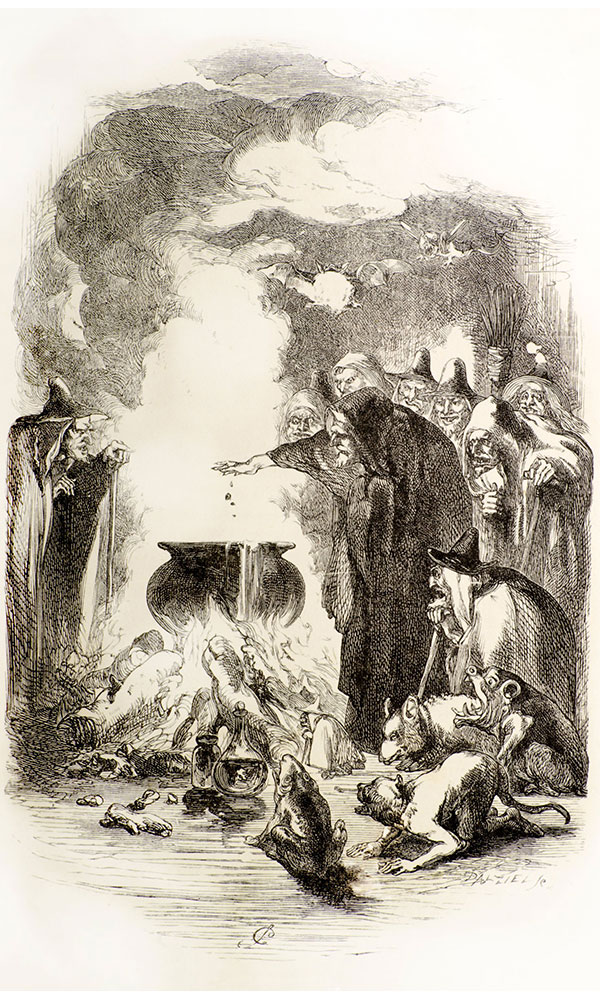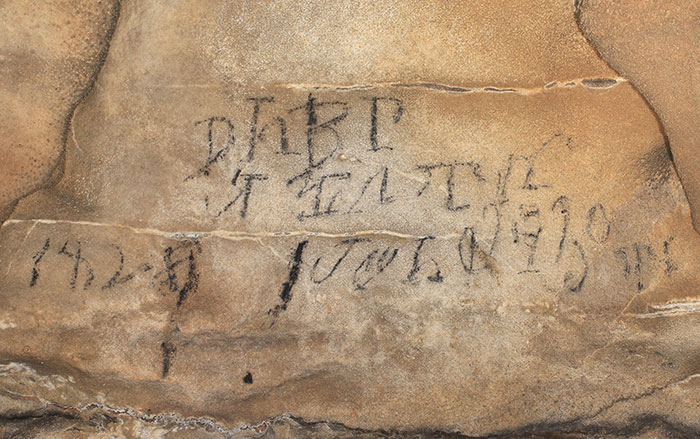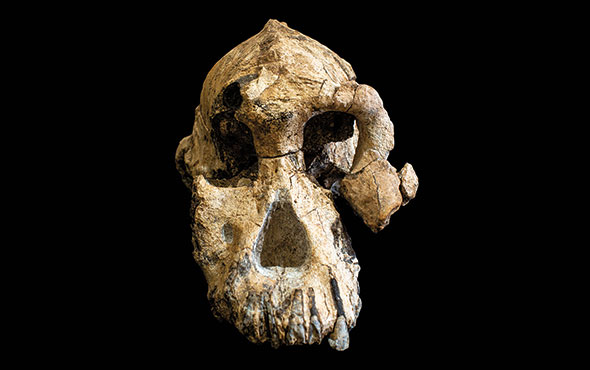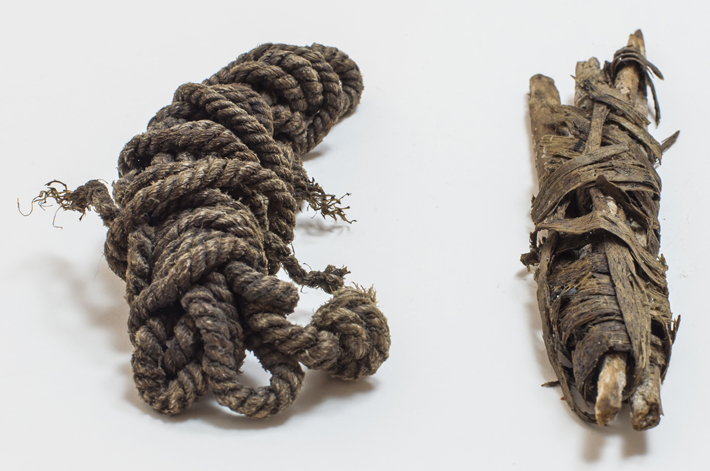
ROME, ITALY—The South Tyrol Museum of Archaeology announced that researchers from the Swiss National Science Foundation have examined the bow and quiver found with Ötzi the Iceman, the 5,300-year-old frozen remains of a man discovered by hikers on a glacier near the border of Austria and Italy in 1991. Their analysis of a fiber sample from a 6.5-foot cord found in the quiver has determined that it was made of twisted strands of animal leg sinews that would have fit the bow's notches perfectly for use as a bowstring. The quiver, which held 14 arrows, also contained a bundle of animal leg sinews, which might have been intended as replacement material to fashion another bowstring. Additionally, the scientists concluded that hatchet marks on Ötzi's yew bow indicate it had been freshly cut, perhaps to shorten or thin it out for use. For more on the Iceman's clothing and tool kit, go to "Ötzi's Sartorial Splendor."


